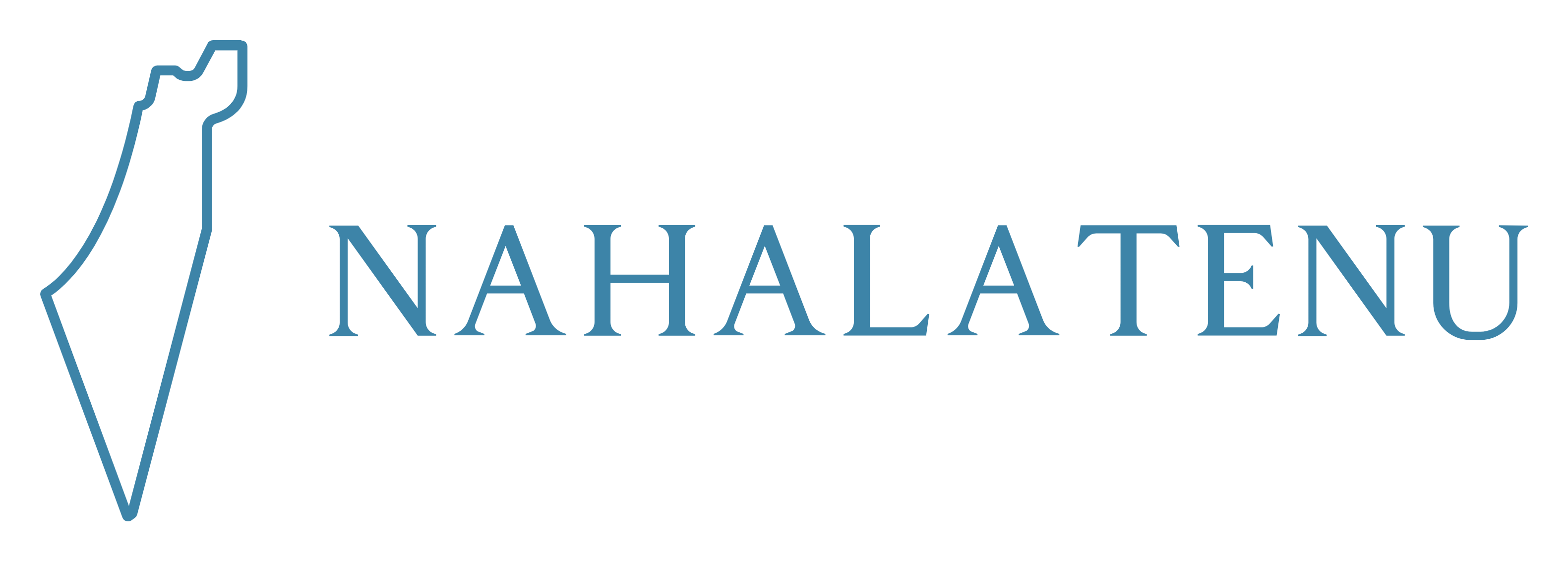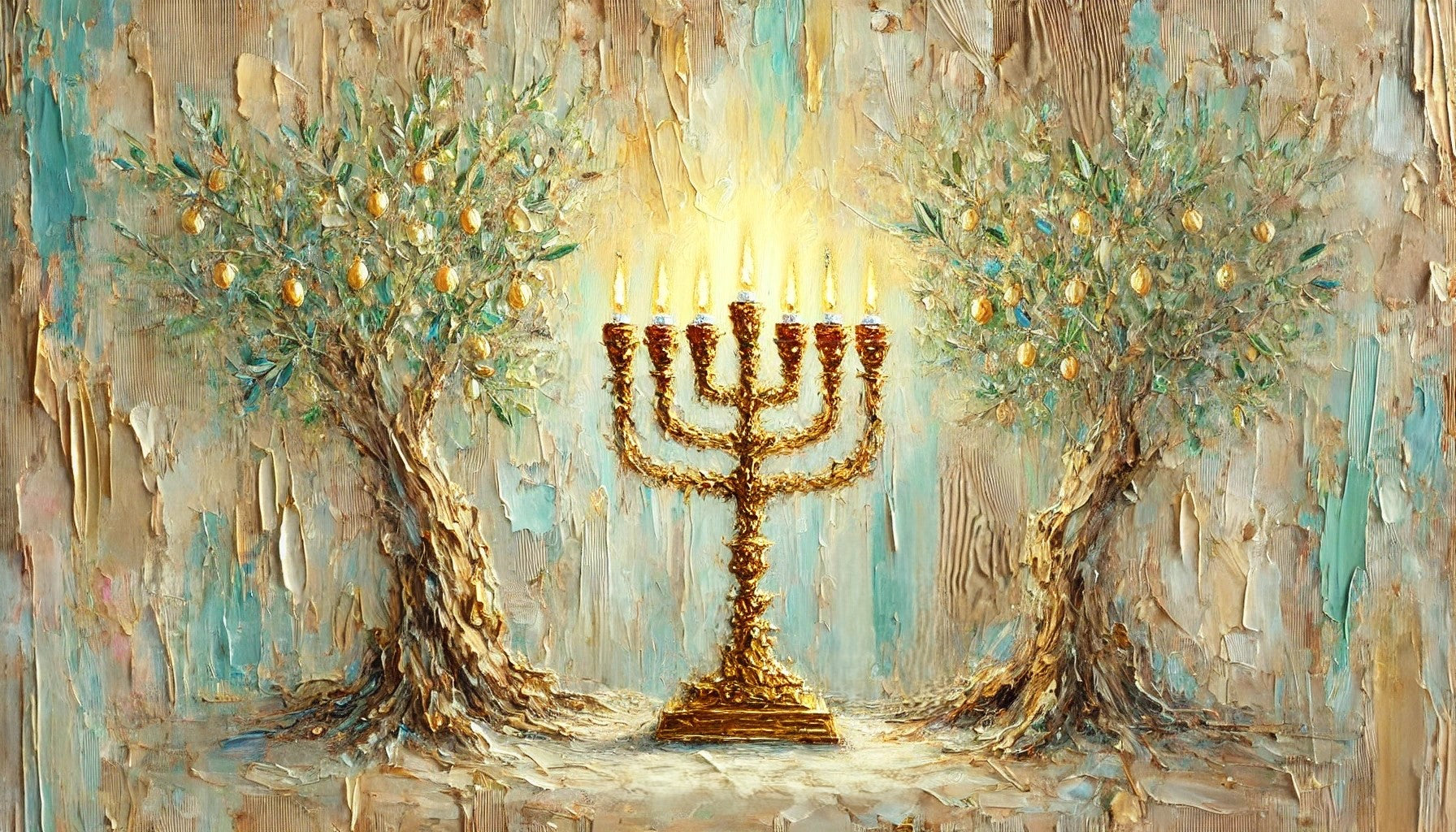Shabbat Shalom!
This week’s Torah portion, Parashat Miketz, coincides with the festival of Hanukkah, making it a unique time to explore the themes of light, leadership, and hope. This Shabbat, in celebration of Hanukkah, we will read a special Haftarah from the Book of Zechariah. This prophetic vision offers profound insights into the spiritual and practical struggles faced by the Jewish people during the early days of the Second Temple.
The Vision of the Menorah
In Zechariah’s vision, he sees a menorah flanked by two olive trees. These olive trees provide a continuous flow of oil to the menorah, symbolizing a self-sustaining source of light. In this section of the book, Zechariah has seven prophetic visions which are all centered on the return to Zion, the renewal of Jerusalem, the rebuilding of the Temple, and God's dominion over the world. The vision of the menorah is the fourth and central vision, emphasizing its pivotal role in this series.
Historical Context
Zechariah’s prophecy takes place during a critical moment in Jewish history. After the destruction of the First Temple by the Babylonians, the Jews were exiled. Decades later, the Persian Empire, under King Cyrus, allowed the Jews to return to their homeland. Led by the political figure Zerubbabel and the High Priest Yehoshua (Joshua), approximately 40,000 Jews returned to Jerusalem to rebuild the Temple. However, progress was slow due to economic hardships, opposition, and a general lack of resources.
The second year of King Darius’s reign, as described in the books of Haggai and Zechariah, marked a turning point. Despite a severe economic recession and a devastating drought, the Jewish people began construction on the Second Temple. Haggai and Zechariah urged the people to persevere, assuring them that their efforts would be rewarded.
Interestingly, construction on the Temple began on the 25th of Kislev, the very date that would later become the festival of Hanukkah. This was not a coincidence—the symbolism of light during the darkest time of the year aligns perfectly with both the historical and spiritual themes of Hanukkah.
The Olive Trees and the Menorah
Zechariah’s vision of the menorah draws directly from the agricultural realities of the time. Olives are the last crop to be harvested in the agricultural cycle and might very well have been a symbol of resilience and renewal. After beginning the construction of the Temple, the Jewish people experienced an unexpected blessing: an abundant harvest of olives, which provided oil for light and sustenance. This was especially remarkable as the year had been marked by a severe drought and produce yields were much lower than expected. However, when they began construction of the Temple in the middle of the winter, on the 25th of Kislev, this unexpected abundance began to emerge. It seems to me that this tangible success is what inspired Zechariah’s imagery of the olive trees fueling the menorah.
In the vision, the two olive trees symbolize the two leaders of the time: Zerubbabel, the political leader, and Yehoshua, the High Priest. Together, they were tasked with supplying the “oil” necessary to sustain the menorah, a metaphor for the spiritual and national revival of the Jewish people. The menorah itself symbolizes the Torah and the Temple, serving as a beacon of light and values to the world.
Hanukkah's oil
The story of the menorah in Hanukkah resonates deeply with the vision described in Zechariah. In both instances, a seemingly small and insufficient source of oil becomes a powerful light during the darkest of times. Just as the small cruse of oil miraculously burned for eight days in the Hanukkah story, the olive trees in Zechariah's vision continuously fuel the menorah, representing resilience, divine support, and the ability to illuminate even the deepest darkness.
The dedication of the Jewish people in both Zechariah’s time and during the Maccabean revolt demonstrate the transformative power of believing in and working towards a higher vision. The menorah’s light becomes not just a symbol of physical illumination but of spiritual renewal and enduring hope.
A Timeless Message for Hanukkah
Zechariah’s vision, though rooted in a specific historical moment, offers a timeless message. Just as the olive trees supplied oil to the menorah, leaders and individuals alike must provide the energy and resources needed to illuminate the world with goodness and truth. The menorah’s light, shining brightly in the darkest days of winter, reminds us that even in challenging times, hope and perseverance can lead to renewal.
As we light the menorah during Hanukkah, let us draw inspiration from this vision. May we all find ways to be sources of light in the world, spreading warmth and illumination to those around us, especially during life’s darkest moments.
Wishing you a meaningful Hanukkah and Shabbat Shalom!



Share:
Parashat Vayeshev - Yosef: The Rise of a Leader
Parashat Vayigash: Reconciliation and Redefining the Past